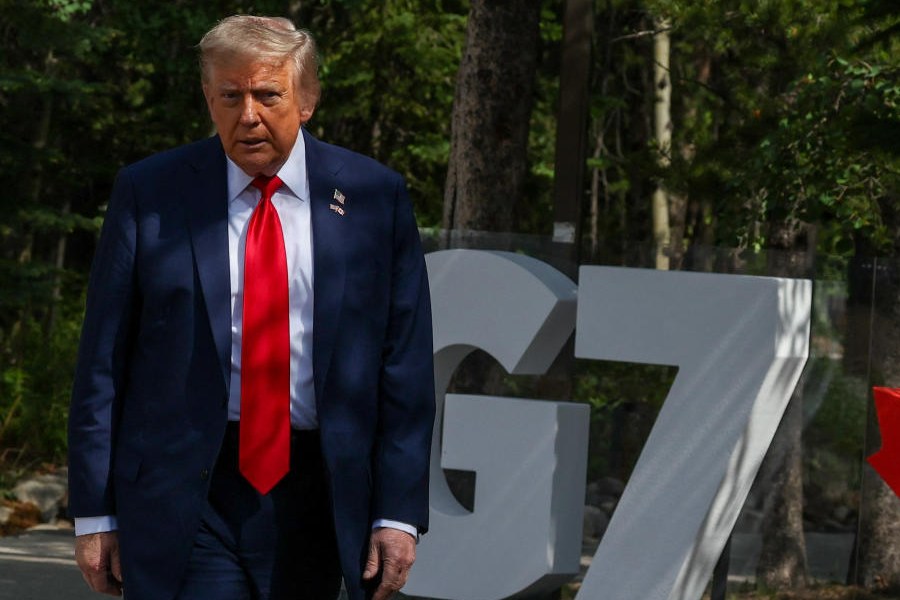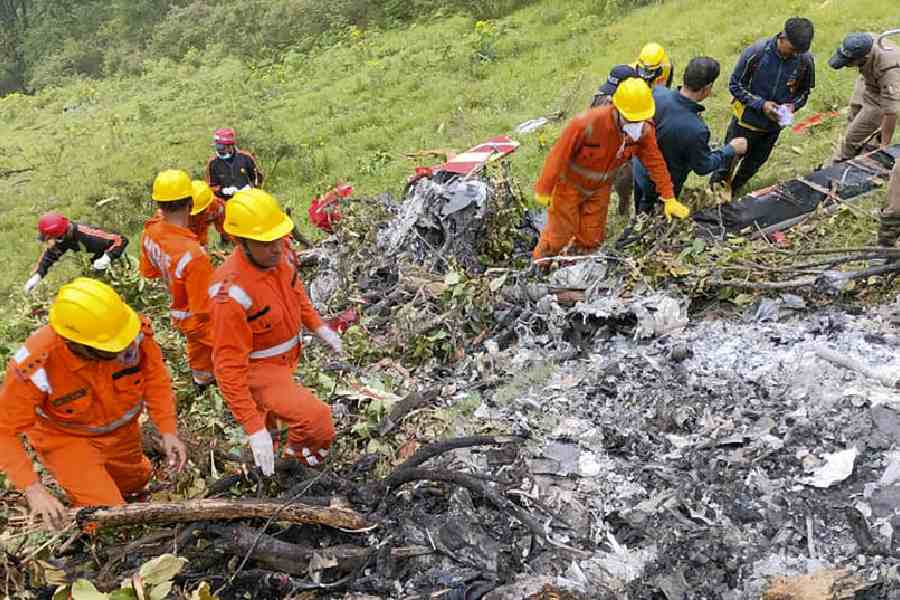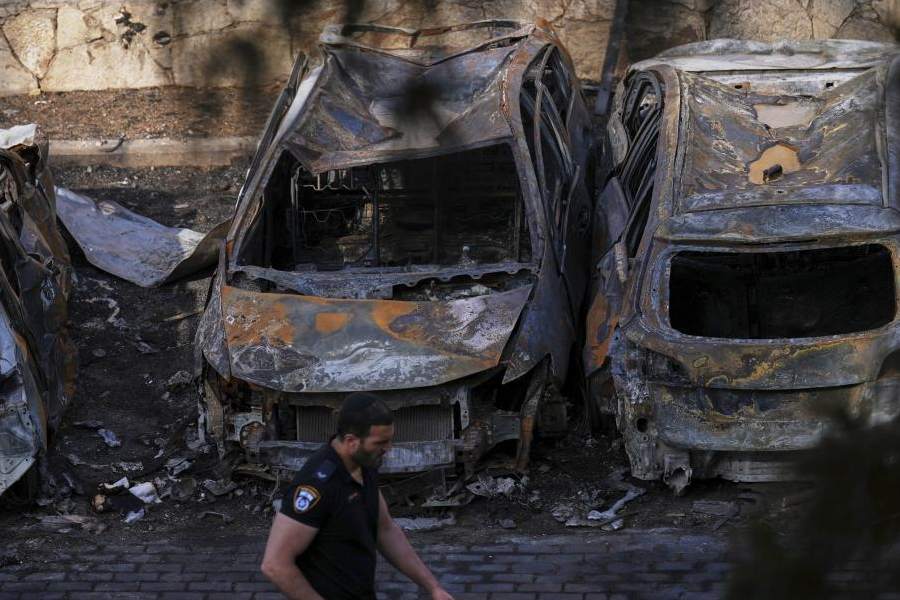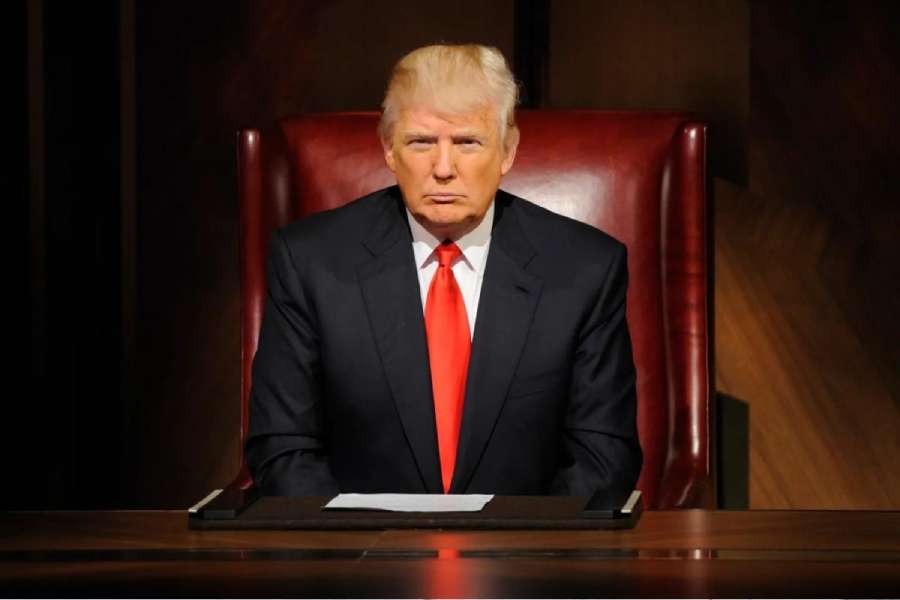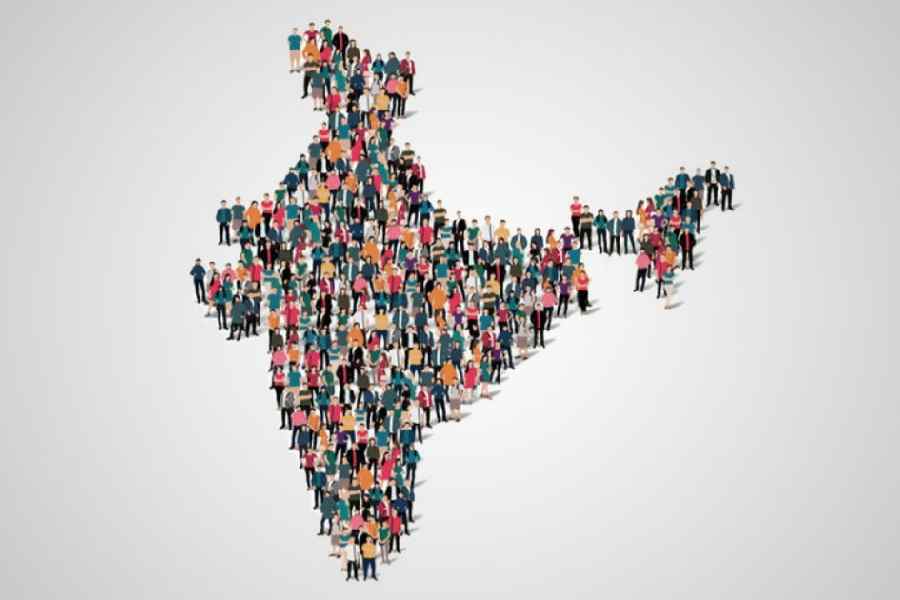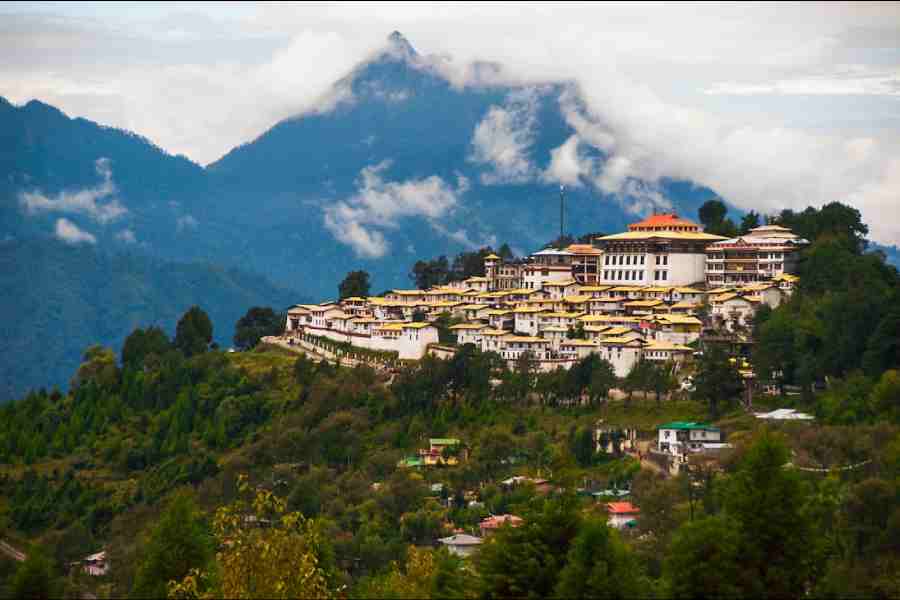SUFIS AND SOLDIERS IN AWRANGZEB'S DECCAN By Simon Digby, Oxford, Rs 595
Secularism is a catchword in modern India. Marxist historians like Irfan Habib and Sumit Sarkar tell us that India is secular and has always been secular. They further claim that India's traditional secular heritage was disrupted in the last two centuries before 1947 the British. By introducing communal policies, the raj tried to destroy the cosmopolitan heritage of Mughal India. Simon Digby challenges this view.
While the Marxist scholars emphasize the official revenue records of the Mughals, Digby and the American historian, Richard Eaton, focus on the literature generated by the sufi shaykhs, the most important Muslim saints of Mughal India. The book is a translation of a sufi tadhkira (biographical narrative of sufi saints) titled Malfuzat-i-Naqshbandiyya. It was composed around 1762 by a sufi disciple named Baba Mahmud.
The Mughal state recruited the mansabdars (civil and military officials) from among the the Iranis (immigrants from Iran), the Hindustanis (Afghans, Indian-born Muslims and Hindus like Rajputs and Marathas) and finally, the Turanis (warlords, from central Asia, especially from Balkh). During the first half of the 18th century, the period with which this tadhkira deals, the Turanis were the most powerful constituent of the Mughal ruling elite, especially in the Deccan. To provide them spiritual comfort, numerous sufi shaykhs also came to Deccan. The two most famous shaykhs during the latter part of Aurangzeb's reign were Baba Palangposh and Baba Musafir. Against the backdrop of Mughal campaigns in Deccan, the tadhkira describes the activities of these two.
Baba Palangposh was a warrior saint. As a travelling pir, he followed the Mughal army fighting the Marathas. Not only the ordinary soldiers, but even senior Mughal officials believed in his supernatural powers, especially his power to make revelations and perform karamat (miracles). They were more powerful personalities than the chaplains who moved with the European armies.
The babas also had a hand in the recruitment of the low-ranking mansabdars. Even in times of retrenchment, Aurangzeb's son, Kam Baksh, did not dare to turn down a recruit carrying a recommendation from Baba Musafir. The baba had a cut in such business. The recruit after joining the service had to offer the baba a reward of horses and money. If any recruit refused such costly gifts he was struck down by a curse from the baba. As the Mughal empire declined, Baba Musafir's power increased. Threatened by the guerrilla raids of the Marathas and intrigues of the padshah's court at Delhi, the nizam requested legitimacy from the baba while establishing his nawabi.
Wielding much power and influence over the Turani community, the sufi pirs were an important factor in medieval Indian politics. William R. Pinch has shown that the Hindu monks, like the Naga sanyasis, were also militant and were a power to reckon with within the Hindu principalities that emerged from the ashes of the Mughal empire.
Compartmentalization of the spiritual and the temporal power and the accompanying process of secularization of the mind were results of the great Italian Renaissance. Digby's translation of the tadhkira strengthens the emerging view that in medieval India, religion and politics were intertwined. In contemporary India, the many godmen represent this historical continuity.
 Tuesday, 17 June 2025
Tuesday, 17 June 2025

